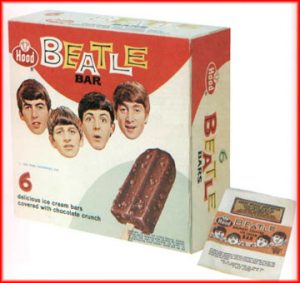Shakespeare, Sausages and a sore head – in search of the origin of a icon
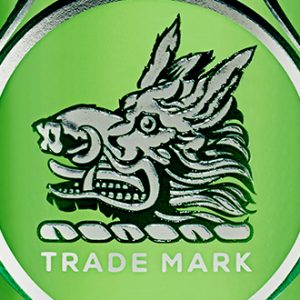
Many brand icons are pretty self-evident. They are closely tied to the brand name. Apple’s logo is an apple, Shell’s is a shell, Jaguar’s is a….you guessed it … a Jaguar
However when there is a less than obvious link between brand and logo my curiosity is piqued and I want to find out the story behind the icon.
While not as strange as the dead lion logo to be found on tins of Tate & Lyle (a story I’ve told previously), I couldn’t immediately see a link between a Boar’s Head and Gordon’s Gin; curiosity suitably piqued I began searching.
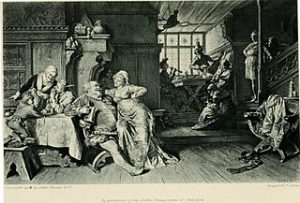 I wondered if the gin had first been served, or was first distilled, at an Inn called the Boar’s Head. There are numerous pubs and inns called the Boar’s Head, most famously it is the name of the tavern in Eastcheap where Sir John Falstaff, Prince Hal and other characters in Shakespeare’s Henry IV plays meet. Some believe Shakespeare may have taken the named from an earlier tavern in nearby Southwark, which went by the same name. The original distillery where Gordon’s Gin was produced was in Southwark but it’s not the reason for the logo.
I wondered if the gin had first been served, or was first distilled, at an Inn called the Boar’s Head. There are numerous pubs and inns called the Boar’s Head, most famously it is the name of the tavern in Eastcheap where Sir John Falstaff, Prince Hal and other characters in Shakespeare’s Henry IV plays meet. Some believe Shakespeare may have taken the named from an earlier tavern in nearby Southwark, which went by the same name. The original distillery where Gordon’s Gin was produced was in Southwark but it’s not the reason for the logo.
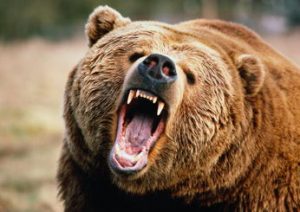
I wondered if drinking too much made you wake up with a ‘Boar’s Head’. Alas not the reason either. There is of course a phrase to “be act a bear with sore head” which doesn’t mean drunk, but very irritable and annoyed.
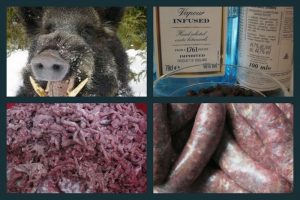 I wondered if it was to do with a famous boar and gin recipe. An appetising idea and I’ve found numerous delicious sounding dishes to try – Roast Haunch of Wild Boar with Gin and Blackcurrant Liqueur, Gin and Wild Boar Sausages and the wonderfully named Drunken Boar but again it’s not the reason for the logo.
I wondered if it was to do with a famous boar and gin recipe. An appetising idea and I’ve found numerous delicious sounding dishes to try – Roast Haunch of Wild Boar with Gin and Blackcurrant Liqueur, Gin and Wild Boar Sausages and the wonderfully named Drunken Boar but again it’s not the reason for the logo.
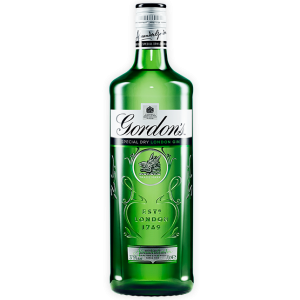 The reason is in many much simpler. Gordon’s Gin was, as you might have guessed, created by a man named Gordon – Alexander Gordon. In 1769, he built a distillery in Southwark an area that at the time was well known for its excellent, clean water supply and he started to produce his brand of gin.
The reason is in many much simpler. Gordon’s Gin was, as you might have guessed, created by a man named Gordon – Alexander Gordon. In 1769, he built a distillery in Southwark an area that at the time was well known for its excellent, clean water supply and he started to produce his brand of gin.
When it came to designing a label, it was for him only natural that it should include something from his clan and its coat of arms and that is where the Boar’s Head comes from.
Legend has it that a member of the Gordon clan saved the King of Scotland from a wild boar when out hunting and in honour of that the King let them include a boar’s head on their coat of arms.
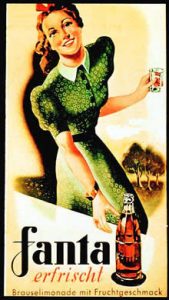
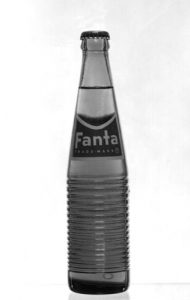 The new product needed a name and so Keith called together some employees for a competition. He told them to let their Fantasie [Geman for fantasy] run wild. Upon hearing that, veteran salesman Joe Knipp immediately suggested “Fanta”.
The new product needed a name and so Keith called together some employees for a competition. He told them to let their Fantasie [Geman for fantasy] run wild. Upon hearing that, veteran salesman Joe Knipp immediately suggested “Fanta”.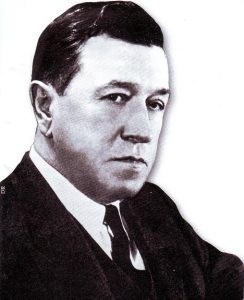 After the war though an investigator commissioned by Coca-Cola examined Max Keith’s actions and they were delighted to hear that Keith had not only never been a Nazi, he’d repeatedly rebuffed pressure to become one, suffered hardships because of those refusals. He had also resisted the temptation of selling Fanta under his own name.
After the war though an investigator commissioned by Coca-Cola examined Max Keith’s actions and they were delighted to hear that Keith had not only never been a Nazi, he’d repeatedly rebuffed pressure to become one, suffered hardships because of those refusals. He had also resisted the temptation of selling Fanta under his own name.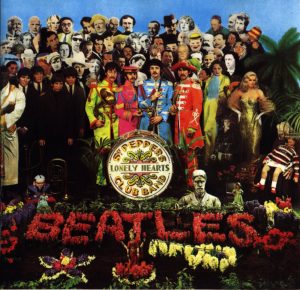
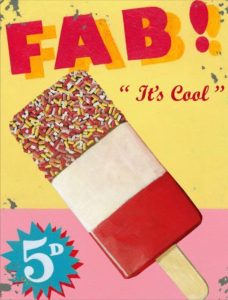
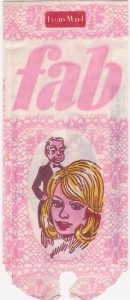 “Nothing! In the 60’s the buzz-word was “fabulous”. This was shortened to FAB and used simply as a call sign like ‘Roger’ or ‘Ten-Four’ to acknowledge received instructions. If it was an acronym, then the best suggestion we’ve heard for a potential meaning is “Fully Acknowledged Broadcast”.
“Nothing! In the 60’s the buzz-word was “fabulous”. This was shortened to FAB and used simply as a call sign like ‘Roger’ or ‘Ten-Four’ to acknowledge received instructions. If it was an acronym, then the best suggestion we’ve heard for a potential meaning is “Fully Acknowledged Broadcast”.